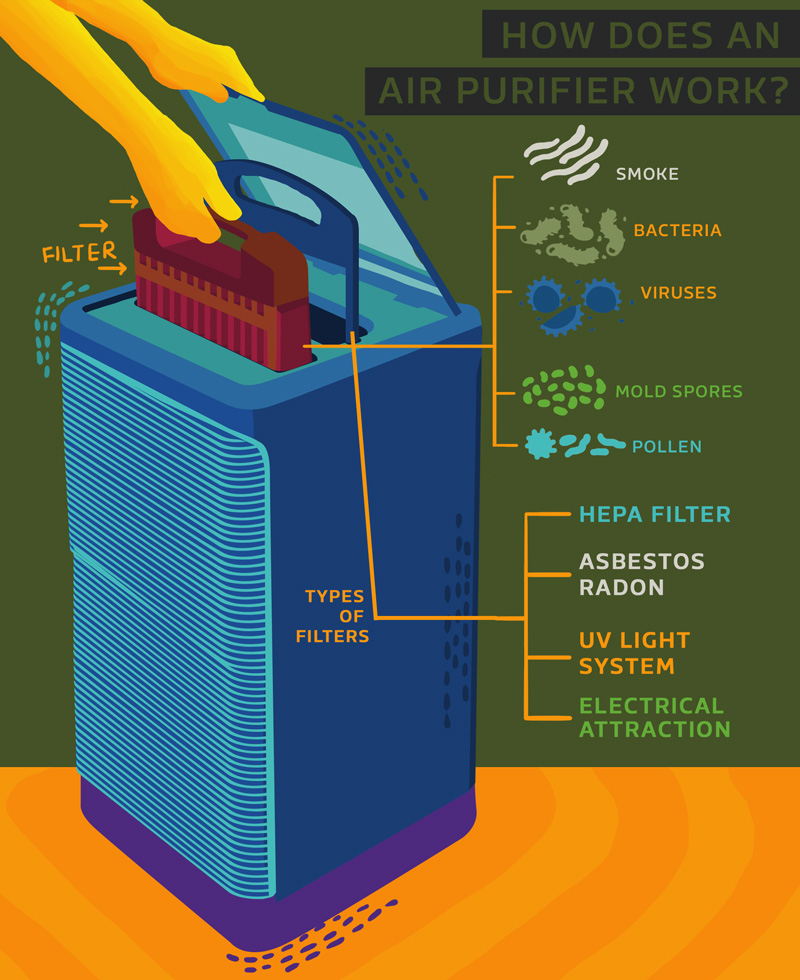Improve Your Home's Readiness For Heatpump Installment By Sticking To Vital Actions That Increase Performance And Efficiency
Improve Your Home's Readiness For Heatpump Installment By Sticking To Vital Actions That Increase Performance And Efficiency
Blog Article
Written By-Hay Ho
Before the heat pump installation starts, you need to ensure your home awaits the process. Clearing up the area, examining the electric arrangement, and making certain appropriate ventilation are critical steps to take. By adhering to these first preparations, you established the stage for a successful setup. Yet what regarding the better details that can make a substantial distinction in the efficiency and long life of your heat pump system? Allow's explore the nuances that can boost your home's preparedness for this necessary upgrade.
Clearing Up the Installation Area
Prior to the heatpump setup can begin, it's vital to get rid of the designated area extensively. Begin by getting rid of any debris, clutter, or barriers that may restrain the setup procedure. This consists of furniture, decors, and any other products that could obstruct. Make sure the pathway to the installation website is clear for the installers to relocate tools and materials quickly.
Next, ensure that the area around the marked installment area is clean and free of any kind of dust, dust, or other materials that might impact the heat pump's performance. Move or vacuum cleaner the location to develop a tidy work space for the installment group.
In addition, consider offering easy access to the installment area by clearing a path from the entry of your home to the installation area.
Assessing Electrical System
Analyzing the electric system is an important step before waging the heatpump setup. Begin by checking if your home's electrical panel can support the added load a heat pump will need. Make certain there suffice offered circuits to suit the heat pump which they satisfy the supplier's requirements. It is essential to have a specialized circuit for the heatpump to prevent overloading and prospective threats. If your electric system needs upgrading, contact a specialist electrical contractor to make the required changes.
Inspect the wiring in your house to guarantee it's up to code and can manage the needs of the new heatpump. Watch out for any type of frayed cords, loosened links, or signs of wear that might posture a security risk. Validate that the electric outlets near the installment area are based and in good condition. If any issues are found, have them resolved quickly by a certified electrician.
Appropriate evaluation and maintenance of your electrical system will certainly make sure a safe and effective heat pump installation procedure.
Ensuring Proper Air Flow
To ensure a successful heatpump setup, it is very important to focus on proper air flow in your house. Adequate ventilation helps the heatpump run efficiently and avoids air top quality problems.
Before installation, check that all vents and air ducts are tidy and unobstructed. Clearing these locations guarantees that air can move openly, making the most of the effectiveness of your brand-new heatpump system.
In addition, think about the positioning of the heat pump device itself. It must have sufficient room around it to allow for appropriate air flow. best home ventilation system enhances the heat pump's performance but also assists maintain a healthy and balanced indoor environment.
If needed, speak with a professional to analyze your home's air flow needs and make any type of essential changes. By making sure correct ventilation, you're setting the stage for a seamless heat pump setup process and ideal performance of your brand-new system.
Final thought
Since you have cleared the setup area, examined the electrical system, and made sure correct air flow, your home is ready for a smooth heatpump setup. By taking these steps, you have established the stage for a reliable and effective process. Enjoy the benefits of a brand-new heatpump system in your home, understanding that you have actually prepared your space for ideal performance.
